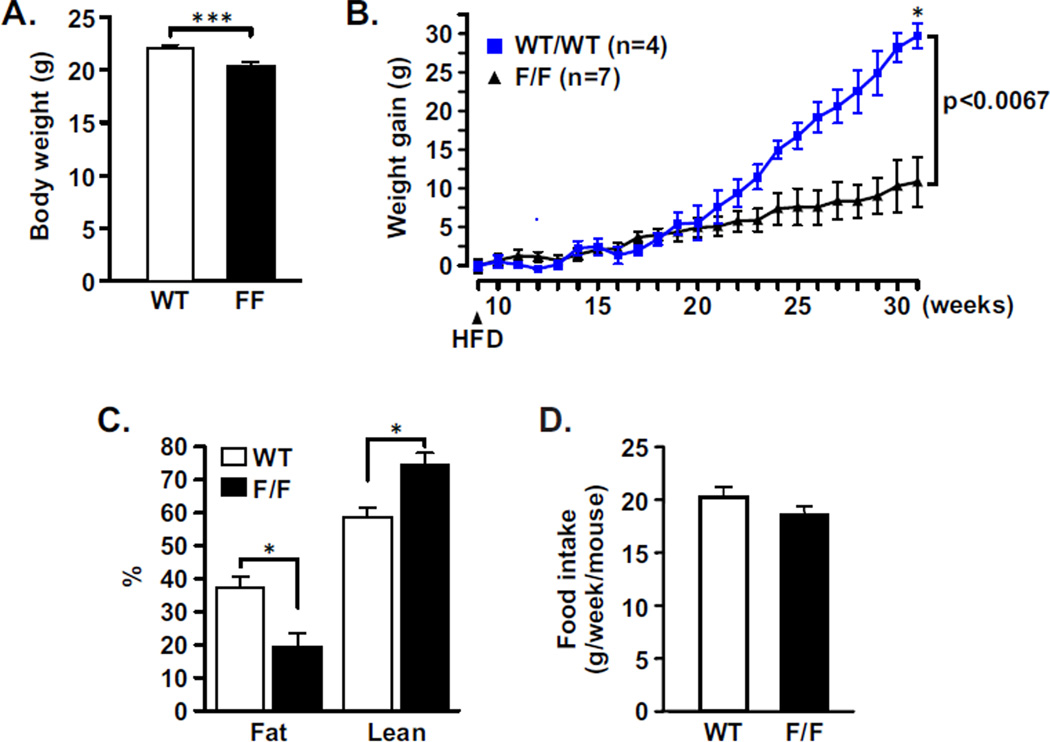Figure 2. PCNA114F/114F mice are resistant to diet-induced obesity.
A, Body weights of 9-week old female PCNA114F/114F mice (n=21) are slightly but significantly lower than those of WT mice (n=18) when fed with a normal chow diet. ***, P = 0.001. B, 9-week old FVB WT (n=5) and PCNA114F/114F (n=7) female mice were fed with a HFD (arrow). Gain of body weight was measured weekly and plotted. Average body weights of the cohort of mice were 23.1 g (WT) and 18.2 g (PCNA114F/114F). **, P=0.0067. C, Body composition of WT (n=2) and PCNA114F/114F (n=4) female mice analyzed by quantitative magnetic resonance. *, P=0.04. D, Food intake normalized by body weight was measured for the WT (n=5) and PCNA114F/114F (n=7) 9-week old mice on a high-fat diet (HFD) with 45% of total calories derived from fat. P=0.127.

